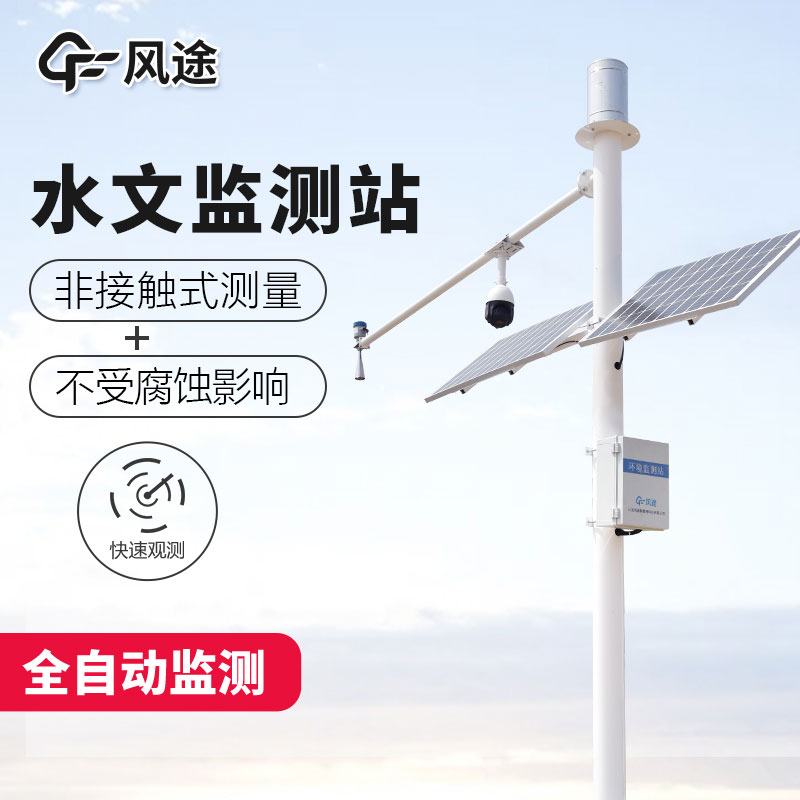Shandong Fengtu IOT Technology Co., Ltd
Sales Manager:Ms. Emily Wang
Cel,Whatsapp,Wechat:+86 15898932201
Email:info@fengtutec.com
Add:No. 155 Optoelectronic Industry Accelerator, Gaoxin District, Weifang, Shandong, China

Sales Manager:Ms. Emily Wang
Cel,Whatsapp,Wechat:+86 15898932201
Email:info@fengtutec.com
Add:No. 155 Optoelectronic Industry Accelerator, Gaoxin District, Weifang, Shandong, China
time:2023-07-19 17:27:48 source:Weather Station viewed:688 time
In this day and age, the importance of water resources cannot be overstated, as it is a basic condition essential to the survival of human beings and living things. Water pollution and continuous consumption of water resources become more and more scarce, which puts forward serious problems and challenges to people's production and life.
In this context, more industries have started to use sensor technology to monitor the state of water quality, in order to quickly reflect the existence of problems, and to do a good job in dealing with the relevant work.
The water plant and aquaculture industry involves different application scenarios and needs, so different kinds of sensors will be used to monitor the water quality, water level, water temperature and oxygen content, so as to ensure the safety of water quality and the growth of healthy organisms. The following are the common sensors used in the water plant and aquaculture industry and their functions are described below.
Sensors in water plants.
(1) Turbidity Sensor: Used to measure the concentration of particulate matter in water such as sand, mud and suspended solids. Turbidity value as a measure of water quality as an important symbol, it can reflect the solid particles in the body of water and the sum of dissolved substances, the transparency of the body of water and the degree of cleanliness has a greater impact.
(2) Residual chlorine sensor: used to detect residual chlorine in water. Water treatment, add the right amount of chlorine can be disinfected and sterilised, but too much will have a negative impact on human health, and the residual chlorine value is to reflect the chlorine content in the water.
(3) Redox Potential Sensor: Used to detect the redox potential (ORP) in water, reflecting the redox properties of water. It helps to judge whether there are soluble organic matter and other substances in the water that have an impact on water quality.
(1) As mentioned above, PH, dissolved oxygen, temperature and water level sensors are also widely used in aquaculture.
(2) Ammonia Nitrogen Sensor: It is used to detect the level of ammonia nitrogen in the water body, which has an important effect on the health and reproduction of the organisms in the water body. Excessive ammonia nitrogen can stimulate the fish body and cause disease.
Water quality sensors play a vital role in the protection and management of water resources. With the development of science and technology, water resources are getting tighter and tighter, and the range of sensor applications will continue to innovate and expand. In the future development process, people can expect to see more advanced water quality sensors can bring people more reliable and accurate information to promote the sustainable development of water resources management.

Visibility measurements are mainly optical - the scattering of light by suspended particulate matter in the atmosphere is utilized to measure visibility. A commonly used instrument is the visibility meter, the core components of which are the transmitter and receiver. The transmitter sends out a bea...
turbidity sensor is a device that uses light scattering to measure the concentration of suspended particles in a solution to detect water quality by measuring turbidity levels....
In the past, due to weak safety monitoring technology and lack of comprehensive consideration of protective measures, serious economic losses and negative social impacts were caused, and even traffic was interrupted. The state and local governments have incorporated slope management into the scope o...
Why do we need automatic weather stations when we have weather forecasts?...